- Home
- slideshows
- miscellaneous
- 12 things I wish I'd known before going on safari in Sri Lanka, which I'm convinced is going to be Asia's next tourist hotspot
12 things I wish I'd known before going on safari in Sri Lanka, which I'm convinced is going to be Asia's next tourist hotspot
1. You'll need binoculars.

2. You have to watch out for elephants on the road.
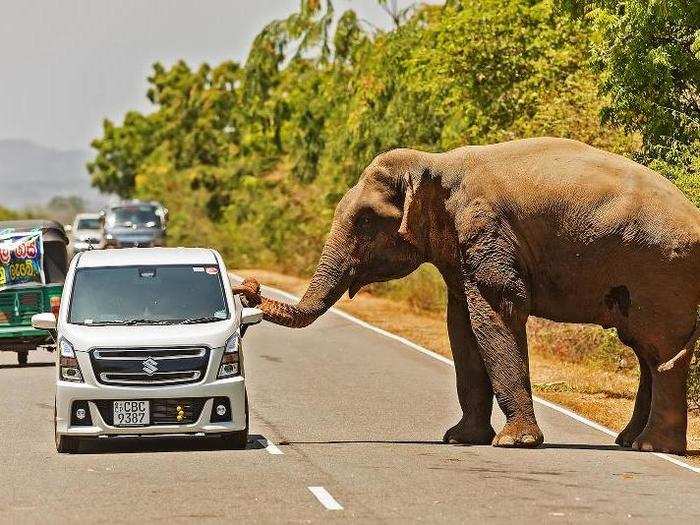
You don't have to be on the safari trail to see elephants in Sri Lanka.
In fact, the closest you get to these grey giants might just be on the highways, where they're often seen interrupting traffic.
Our guide told us that smaller vehicles wait for the animals to pass as they're unpredictable and sometimes cause accidents on the country's roads.
3. It gets really, really hot.

Sri Lanka is a land of microclimates.
You might be chilling in 60-degree heat in the country's central highlands one day, then a three-hour drive to the east coast the next will take you into temperatures topping 100.
Make sure to pack plenty of sunscreen, especially if you're considering a river safari like we did with Gal Oya Lodge, where there's no escape from the oppressive sun.
4. You should pack a zoom lens.
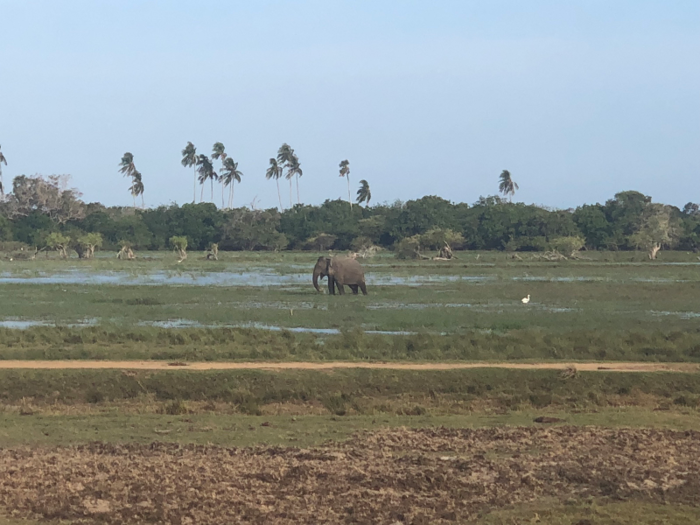
See that elephant way over there? It would be great to see it up close, wouldn't it?
Well, that was the best my iPhone camera could do.
Unless you go to one of the more popular safari parks, animals are likely to keep their difference from your vehicle — and that's the way it should be — but it also means that it's hard to get a great shot of the wildlife.
We really wished we'd had a more powerful zoom lens as, while the iPhone was great at capturing landscapes, there was only so much resolution it could give to elephants and crocodiles 50-100 metres away.
5. You will see birds — lots of them.
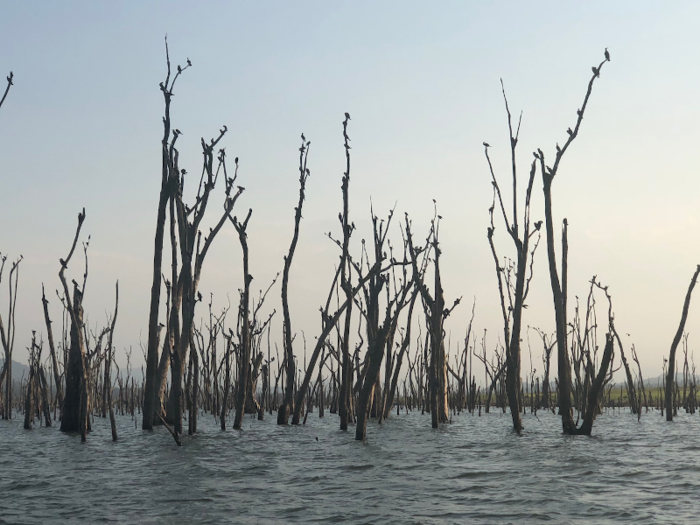
An underrated aspect of Sri Lanka's national parks is the abundance of bird life.
Partly due to the diversity of ecosystems, the island is home to more than 400 species of birds, according to Lakpura Travels, and is extremely popular with bird watching enthusiasts.
6. The views will blow your mind.
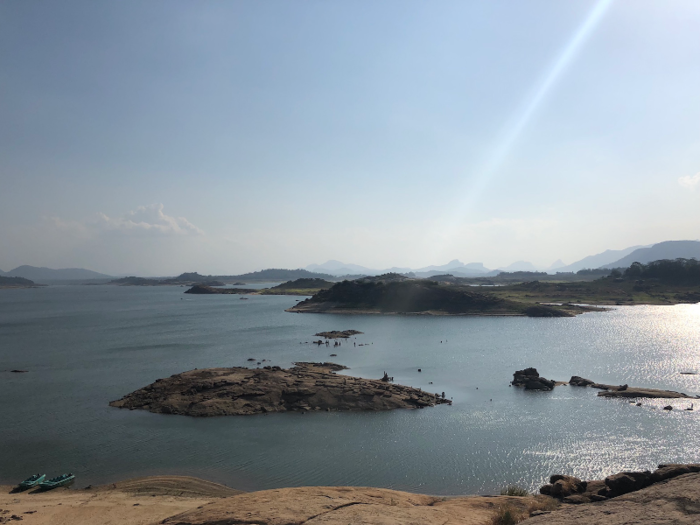
Sri Lanka is hands down the most beautiful country I have ever visited.
It's actually hard to concentrate on the animals when the scenery around you is so breathtaking.
7. You can't expect to see everything you want to see.
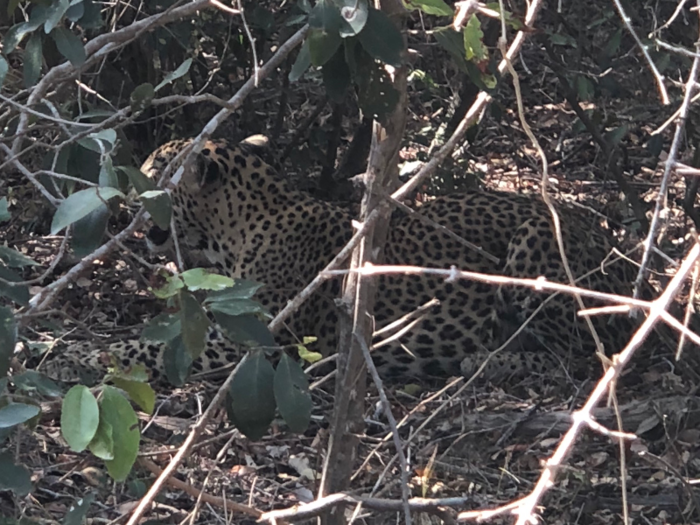
Above all the crocodiles, elephants, and water buffalo, I had my heart set on seeing the elusive leopard.
Chances of seeing them are slim, however — even in the country's smaller national parks like Kumana. Most recent estimates put Sri Lanka's leopard population at just 700-950, making it "vulnerable" in the IUCN Red List.
Fortunately, my prayers were answered and we were lucky enough to see leopard from just a few feet away (pictured above) — our driver told us it was the closest he'd ever seen one before.
Unfortunately, not everyone gets this lucky.
You may have to accept that sometimes the animals are sleeping, eating, or just wandering around elsewhere.
8. You might have to get out and walk.
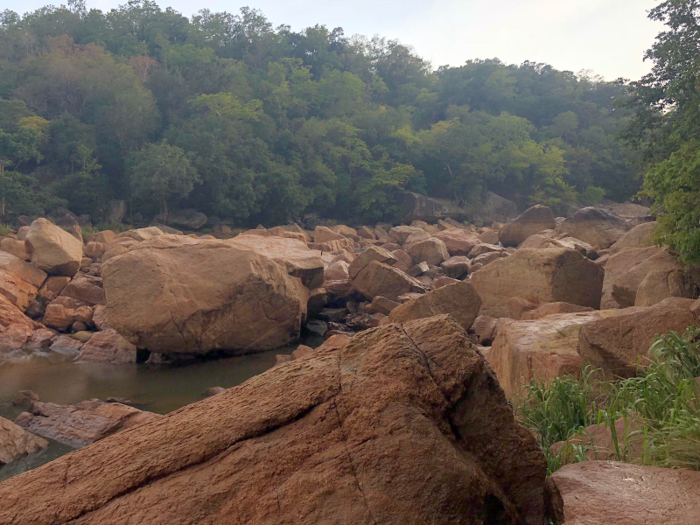
Bring suitable footwear, as some safari expeditions allow you to leave the vehicle and explore on foot.
To our amazement, our guides managed to navigate rocky passes and fallen branches in flip flops — but we'd have been useless if we weren't wearing our trainers at the time.
Check with your tour operator beforehand to see if any part of your journey will be carried out on foot.
9. Rocks look exactly like elephants from afar.
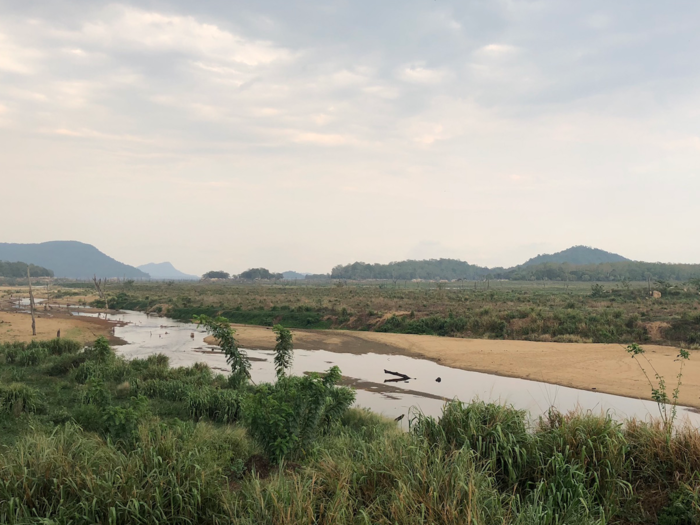
Are those elephants over there? Behind the trees, next to the water? They're staying awfully still.
No, that's just a bunch of rocks.
Even with the power of binoculars, elephants are incredibly easy to misidentify as big grey rocks that pepper many of Sri Lanka's national parks.
You'll get a lot of false alarms, but it's always worth shouting if you see something — it might just be the spot of the day.
10. You shouldn't be scared of the crocodiles.
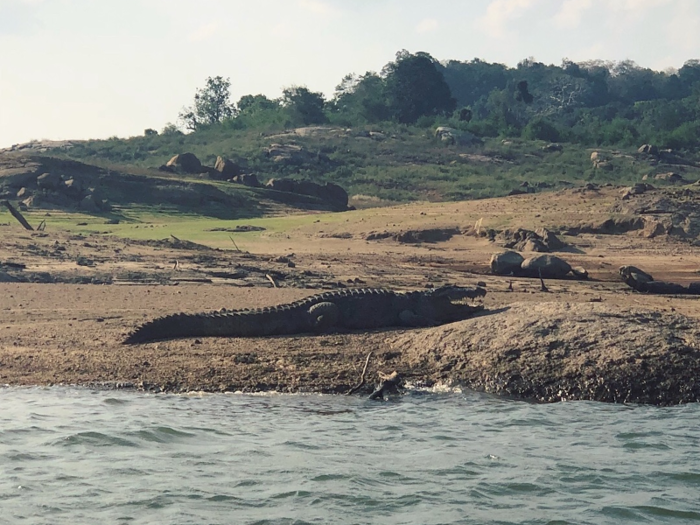
It can be scary watching from your tiny safari boat as a 12-foot crocodile slinks off the bank and disappears into the water — but there's nothing to be afraid of.
Sri Lanka's freshwater mugger crocodiles are less aggressive than their saltwater counterparts and rarely attack humans. There were even locals swimming on the bank opposite.
11. Go early in the morning.
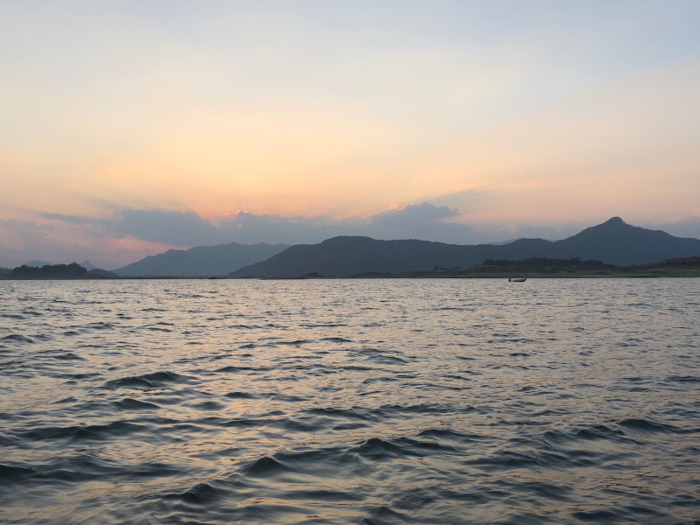
The early bird really does catch the worm.
We made the mistake of booking the afternoon safari, and despite being a fantastic experience, the heat was almost unbearable.
In hindsight, we probably would have been better off on the morning safari, then cooling off in the pool during the sweltering afternoon.
12. Visit the smaller national parks.
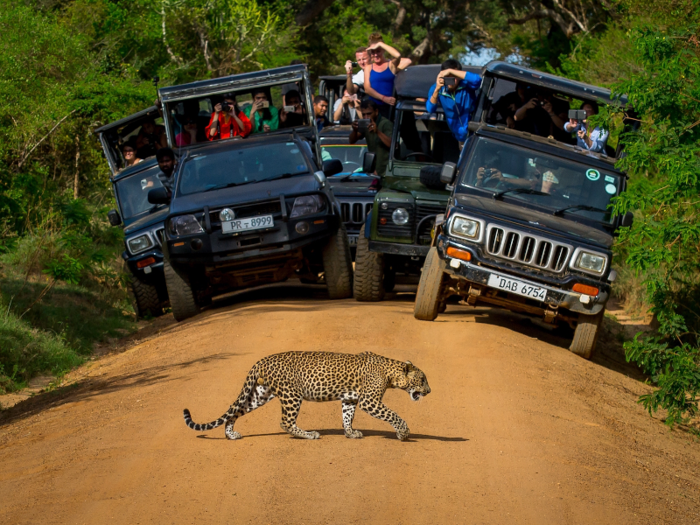
Fortunately, we received a last-minute tip from some friends to visit Gal Oya and Kumana over the much larger, more popular Yala national park, which claims to have the highest density of leopards in the world.
It meant that the animals in the parks we visited were much more shy, but it felt like that was how it was meant to be. Throughout our five-hour safari in Gal Oya, we didn't see another soul — it really felt like we were on a proper adventure.
There are, undoubtedly, good and bad times to go, however — reviews on TripAdvisor bemoan overcrowding of jeeps in the park, which spoils the experience for some.
In 2016, the Yala welcomed 658,000 according to Sri Lankan press, and that figure is only increasing.
As Sri Lanka appears on more and more people's itineraries, the smaller parks will be the ones to opt for — and there's always the option of using a travel company, like I did with Angelfish Travel, to make sure you're not missing out on some of the best spots.
Popular Right Now
Popular Keywords
Advertisement